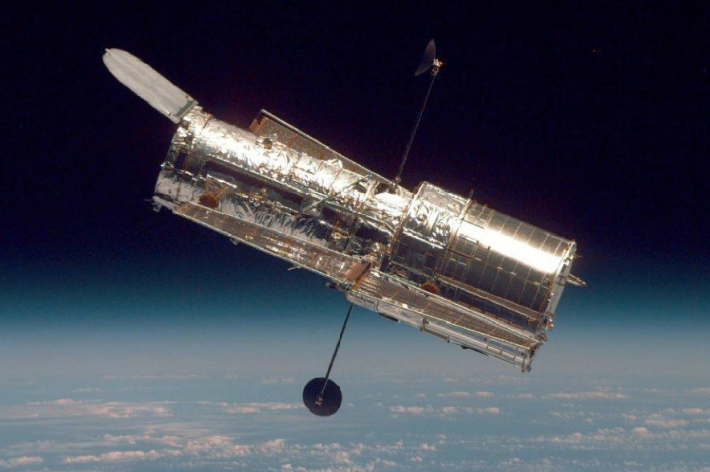Data
Hubble Space Telescope Near-Ultraviolet Spectroscopy of Bright CEMP-s Stars

The metallicity of stars can be a rough indicator of their age, since the Universe became increasingly more abundant in heavy elements over time. Thus, the investigation of very old metal-poor stars in our Milky Way can shed light on the formation of the galaxy and on the evolution of the elements in our Universe in general. A subtype of metal-poor stars have an enhancement of carbon, so-called carbon enhanced metal-poor (CEMP) stars, and can be found in the halo of our galaxy. In particular, CEMP-s stars exhibit neutron-capture over-abundances consistent with the slow neutron-capture process, and are believed to be enriched in a binary system by a so-called asymptotic giant-branch (AGB) star companion, a very bright red giant. The great majority of abundance studies for CEMP stars have been restricted to spectroscopy in the optical region so far, because samples of C-enhanced stars that are sufficiently bright to be observed from space at high spectral resolution in the near-ultraviolet (NUV) are extremely limited.
This study [1] was the first to determine chemical abundances for two CEMP-s stars (HD196944 and HD201626) with the Space Telescope Imaging Spectrograph (STIS) on board of the Hubble Space Telescope (HST). Abundances or upper limits were obtained for a number of elements that are challenging or impossible to obtain from ground-based studies, but are nevertheless important for constraining detailed predictions of their production by AGB stars. These elements include: carbon, nitrogen, oxygen, titanium, chromium, manganese, nickel, germanium, zirconium, niobium, molybdenum, cadmium, lutetium, hafnium, osmium, platinum, gold, and lead.
A comparison of the derived chemical abundance patterns for the 2 CEMP-s stars with lowmetallicity AGB models is important to constrain the main features of the binary system evolution, such as mass, metallicity, and initial chemical composition. For both observed CEMP-s stars, the best-fitting models for the masses of the binary system components (AGB star and CEMP-s star) are consistent with current scenarios for the formation and evolution of CEMP-s stars. The models indicate a mass composition of MAGB=0.90Mo and MCEMP=0.86Mo for HD196944 and MAGB=0.90Mo and MCEMP=0.76Mo for HD201626, where Mo represents the Solar mass. Further HST/STIS spectroscopy of CEMP stars and additional chemical abundances will place more constraints on theoretical models for AGB evolution.
Researchers: V.M. Placco (JINA-CEE & UND), T.C. Beers(JINA-CEE & UND), I.I. Ivans(UOU), D. Filler(UOU), J.A. Imig (UOU), I.U. Roederer(JINA-CEE & UOM), C. Abate (AlfA, Germany), T. Hansen (LSW, Germany), J.J. Cowan (UO), and A. Frebel (JINA-CEE & MIT)
